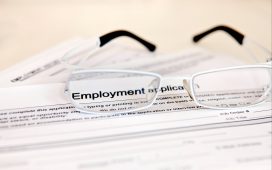JetBlue recently rolled out its new basic economy fare.
According to YouGov Profiles, JetBlue customers are more likely than customers of other airlines to view value and low cost as reasons for picking their most recent vacation. An added low-cost fare could bring these customers on board JetBlue aircraft more often.
Customers of JetBlue’s new Blue Basic fare won’t be able to pick their seat until 24 hours before the flight takes off and will board the plane last. Unlike similar fare offers from its competitors, JetBlue allows Blue Basic passengers to bring one carry-on bag onboard instead of making passengers pay for a checked bag.
Over the last few years, major carriers have been offering no-frills options for flyers. Delta Air Lines introduced its basic economy fare class in 2014. United began offering a similar fare class in 2016 as well as American Airlines in 2017.
The low-fare space is a lucrative one to expand air travel. A third (33%) of JetBlue customers are low income, making less than $40,000 per year, about the same as customers of other airlines.
JetBlue has higher-than-sector-average scores in both Quality and Value, two metrics tracked by YouGov’s BrandIndex.
Does offering low-cost airfare affect brand’s overall perception of quality?
When looking back at historic BrandIndex Quality and Value data, it doesn’t appear so. Both Delta and United didn’t see any downturn following their respective basic economy fare rollout.
JetBlue customers are more likely to agree with the following statement: “I don’t mind paying extra for high quality goods.” That could be good news. Airlines offering these lower-tier economy fares are seeing
people pay extra to avoid them
.
More than half (51%) of Americans are at least somewhat likely to book a flight in the next 12 months.








